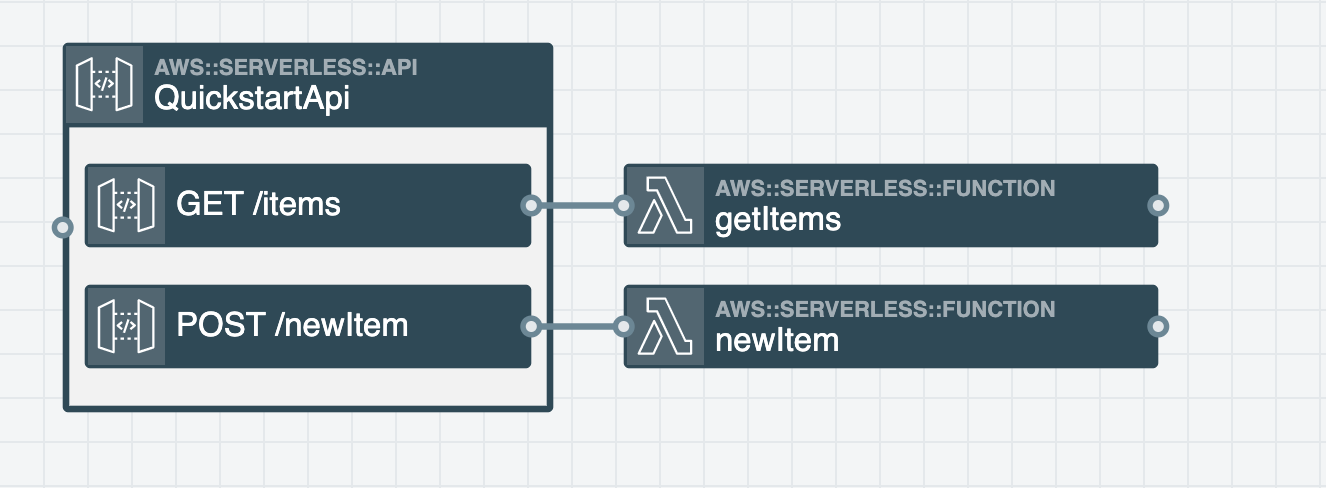


- #AMAZONDYNAMODBCLIENTBUILDER LOCAL DYNAMODB MOVIE#
- #AMAZONDYNAMODBCLIENTBUILDER LOCAL DYNAMODB ANDROID#
- #AMAZONDYNAMODBCLIENTBUILDER LOCAL DYNAMODB CODE#
DynamoDB is a serverless database, meaning that when you work with it you do not need to worry about individual machines. As a document-oriented database, it allows storing complex nested documents. As a key-value database, it allows storing an item with an id and then get an item back. Second one is to get a particular project given that argument passed was valid project id (which will always be the case, since we would have already fetched all the projects in our application thus we will have all the valid project ids - this was done because: in our app user first sees all the projects and then selects one, as soon as he/she selects that project the associated project id is used to query data for the project) DynamoDB is a NoSQL, key-value/document-oriented database. (We could directly send a list of comments as return type to "comments" field like:Ĭomments:, but we are not, just for making the job for application easier)įirst one is to list all the projects and second to get a particular project
#AMAZONDYNAMODBCLIENTBUILDER LOCAL DYNAMODB ANDROID#
This was done in order to handle the response data easily in android application. Here CommentConnection is also an Object type having a parameter: "items" which has return type of list of comments. # The id of the comment's parent project.
#AMAZONDYNAMODBCLIENTBUILDER LOCAL DYNAMODB CODE#
This enhanced DynamoDB module provides a more idiomatic code authoring experience. In addition to this we will have Comment type and Project type (Object types analogous to POJOs)įirstly, we define the parameters for our object types like following: We are pleased to announce the release of the enhanced DynamoDB client as a new module of the AWS SDK for Java 2.0. Coming from a Spring background and having used Spring Data JPA, I went looking for something in the Spring Data project. Amazon has a Java SDK that can be used with DynamoDB. These types are the same as a regular object type, but they are special because they define the entry point of every GraphQL query.) DynamoDB is a fully managed NoSQL database that supports both key-value and document data structures available in Amazon Web Services, AWS. (Every GraphQL service has a query type and may or may not have a mutation type. Trc ht, bn cn phiên bn dch v web DynamoDB trên AWS hoc chy cc b phiên bn DynamoDB có th ti xung. In our schema we will have – query, mutation and subscription. Create a new file called testwriteintotable.py and add the following line: Python3. At first, build the skeleton by importing the necessary modules & decorating our test method with mockdynamodb2. DynamoDB Local is a local client-side database that emulates DynamoDB database in our local system. Now on the left hast side, go to schema batch.putitem (Itemdata) For mocking this function we will use a few steps as follows.Navigate to the AWS AppSync console using the URL:.Import .node.Objective: An application which lets user to create topics/projects in which different users having same application can comment with real time updates.
#AMAZONDYNAMODBCLIENTBUILDER LOCAL DYNAMODB MOVIE#
Next, some Java code to create a table and insert some movie data: Now the project is buildable: $ mvn package

Then, I added the latest version of the AWS SDK as a dependency to the Maven pom.xml file: I used Maven to create a quickstart template that includes the SDK: $ mvn -B archetype:generate \

Then, I needed to create a Java project that includes the AWS SDK for Java. I saved these credentials in a new ~/.aws/credentials file. script to implement any formula (s) needed to meet your local load combinations code requirements. On successful user creation, I was given an AWS access key and password. Getting every item from a DynamoDB table with Python. Then, I created a new user, named lowell_list, and added this user to the new group. To get one, I went to the AWS IAM Management console and created a new group, named DynamoDB_Users and gave the group AmazonDynamoDBFullAccess permissions. I got it up and running with the terminal command: $ java =./DynamoDBLocal_lib -jar DynamoDBLocal.jar -sharedDb Interacting with DynamoDB from Javaįirst, I needed an AWS access key. Then, I downloaded and installed the local version of DynamoDB as well.


 0 kommentar(er)
0 kommentar(er)
